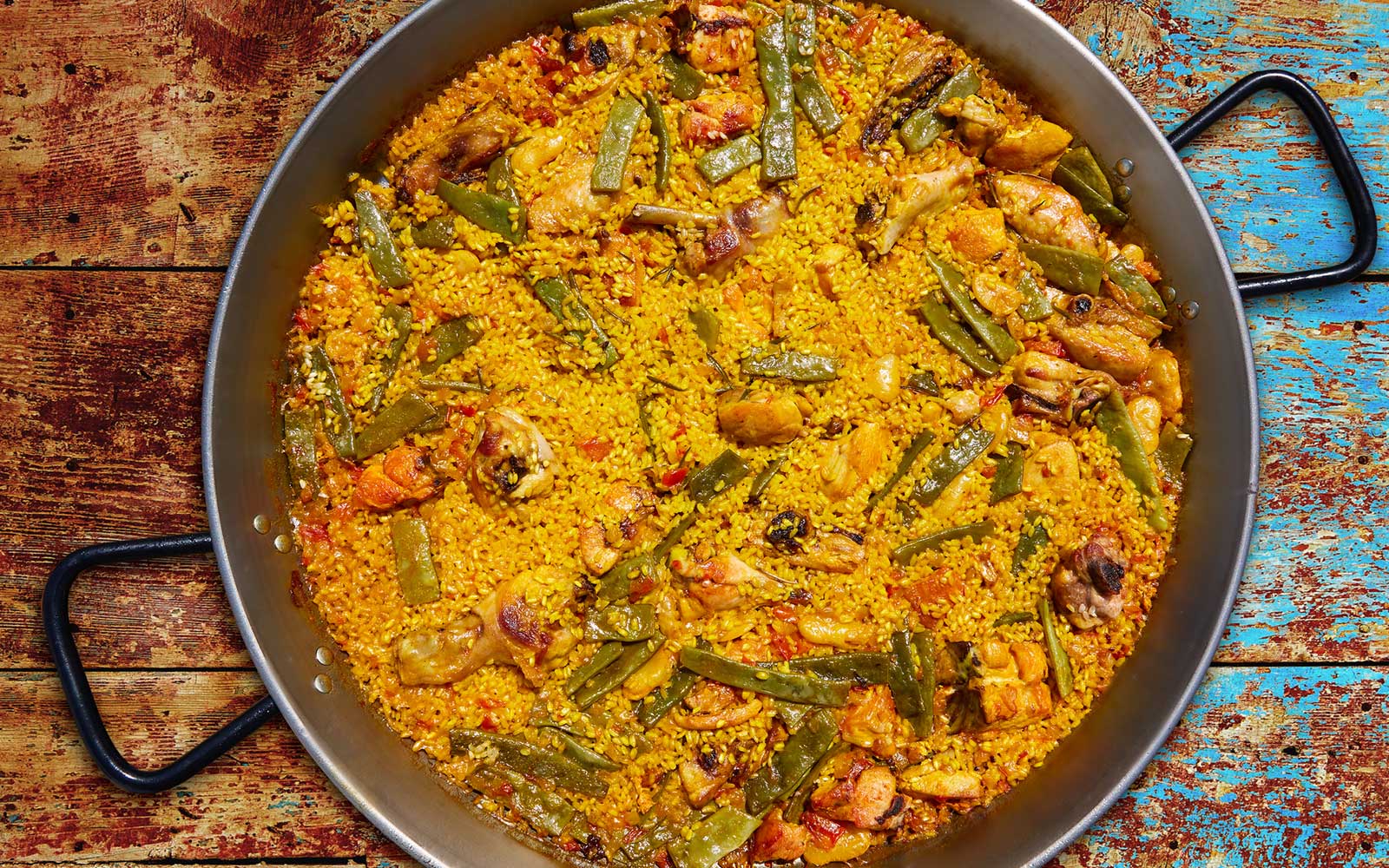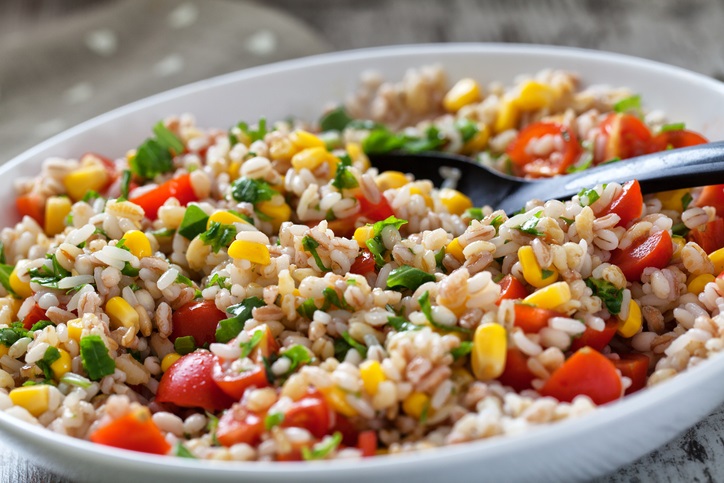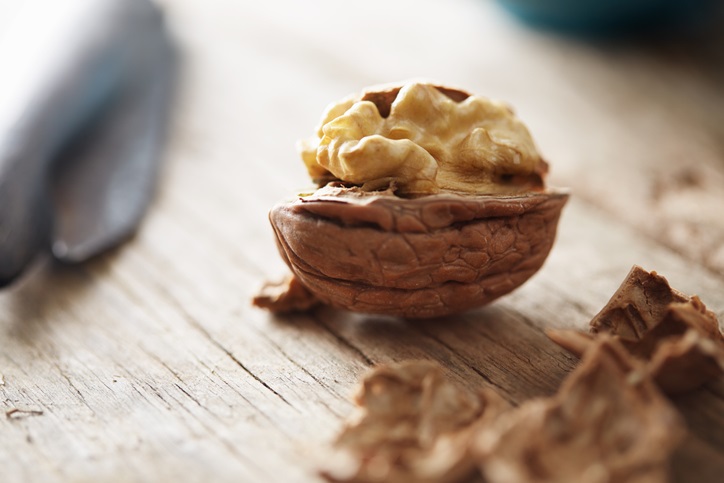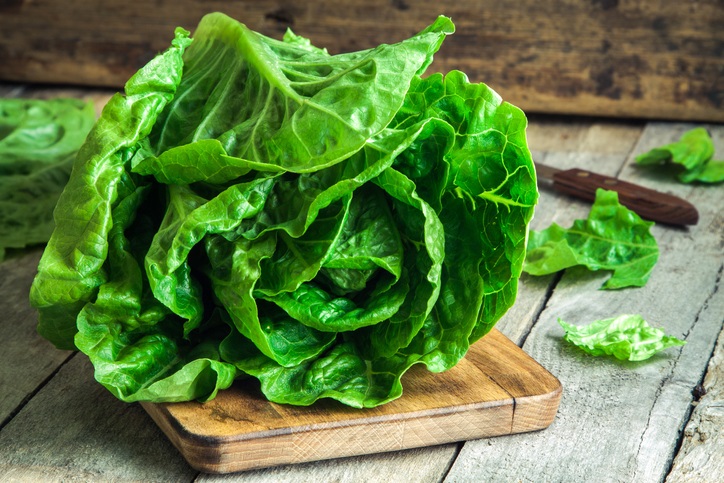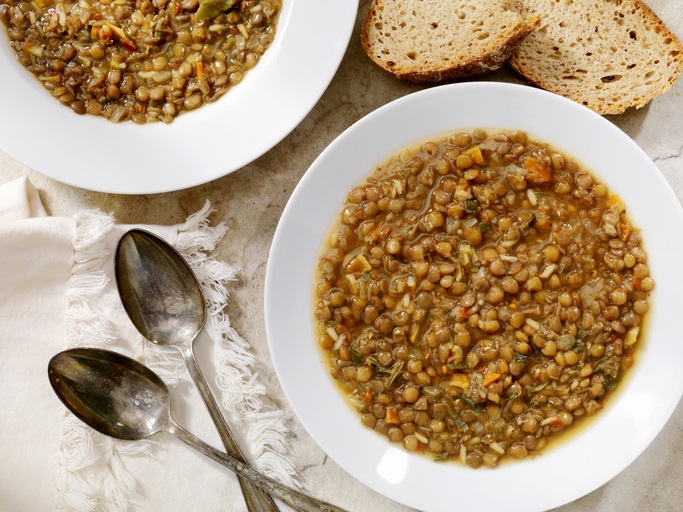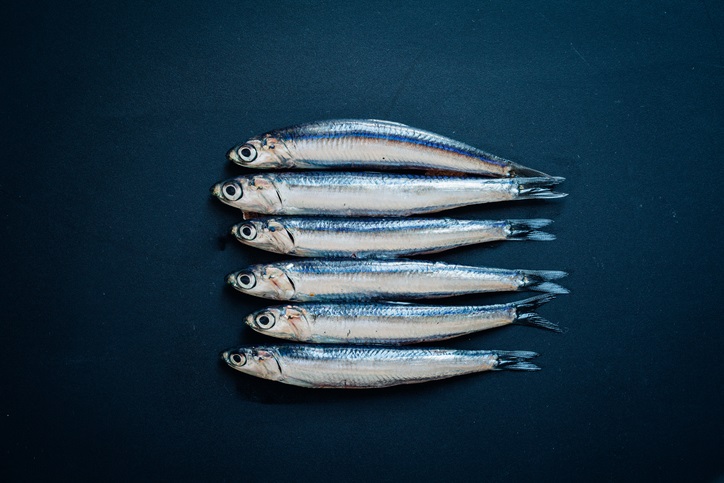It is prepared on Sundays, preferably on a wood fire, and always in company. And among its ingredients are rabbit, chicken and even snails. Here's how to prepare the most international Spanish dish. And where to taste it between Valencia and Madrid
Paella in Spain is like the carbonara in Italy: we must be very careful not to hurt the sensitivity of experts in the field. In this case the experts are the Valencians, inventors of the most famous dish of Spanish gastronomy.
The real paella
Let's start with rice, another subject in which the Valencians can give lessons. It must be of round grain with designation of origin Arroz de Valencia. The most common variety to prepare paella is the Bomba, whose round beans, neither small nor large, absorb the cooking liquid little by little, but without getting too soft and without sticking. A rice that does not overcook, perfect for this dish.
Some argue that without the water of Valencia the paella does not have the same taste and the true Orthodox of this dish, if they live far from home, have always in the pantry a few liter of this "secret". And then there are the meats: rabbit and baquetas (snails), more often chicken. Chapter vegetables: in the paella go the coral string beans cut into small pieces and the garrofó, a variety of white beans, crushed, which doubles its volume once put into water. Cooked they remember the earth, in taste and consistency. The golden color of Paella is the result of saffron, the red gold of which Spain is proud. Food colors are expressly prohibited. The final touch gives it a sprig of rosemary. No, it is no coincidence that we have not named fish, let alone seafood!
Last tips: paella requires, for its correct processing, a specific tool: the Paella, in fact, from which the name of the dish: it is a low iron pan. And then you need a wood fire or, in its absence, a large gas stove (it is typical to cook paella in the open air). It is not as creamy as a risotto, but rather dry. If you burn a little, at the bottom, not only is not a problem, but it is even a delicacy called socarrat. You always eat at lunch, generally on Sundays and it is forbidden to eat it alone. Paella for one is simply an oxymoron.
Where to eat between Valencia and Madrid
But where do you eat good paella in Spain? The great classic is Casa Carmela, historical restaurant on the Valencian beach of Malvarrosa, with almost a century of history. Here the paella and rice dishes in their many variations are cooked on a wood fire.
Then, there is Carmina House (not to be confused with each other!): a family restaurant that has just turned 30. It is located in Saler, a village in the Natural Park de la Albufera, which is, in large part, an extensive paddy field. That of Casa Carmina is a market cuisine, anchored to the local product, to the ingredients that grow in its vegetable garden, to Mediterranean fish and rice produced in the surrounding areas. Valencian paella and rabbit paella and snails are two of the options on the menu, which also includes many other variations on the theme of rice: from seafood paella to cuttlefish and artichokes passing through "ancestral" rice with beans and turnips .
Gran Azul It is a local in Valencia of classic, but current cuisine, where rice and embers are the masters. For the Michelin guide, Spain and Portugal is one of the best value-for-money restaurants (Bib Gourmand) and on the menu we find both the traditional Valencian paella – with chicken, rabbit, vegetables and snails – and turbot and prawns and fish and shrimp.
If you are in Madrid, you should definitely visit the (renovated) Mercado de San Miguel, in the center. A special place for many reasons, historical and gastronomic, which welcomes in this new phase a place of paellas signed by Rodrigo de la Calle, one of the best Spanish chefs who has a real passion for this dish. You can choose between tapas and raciones with prices between 8 and 16 euros. Valencian paella, rice with seafood, rice with seasonal vegetables and rice with cuttlefish ink are some of the alternatives to choose from. There is also the Spanish Paella, a "paella mitxa" with chorizo, a spicy salami. It is a homenaje from Spain to one of the masters of de la Calle, Joël Robuchon. A more informal, but no less good way to taste this wonderful national dish.
